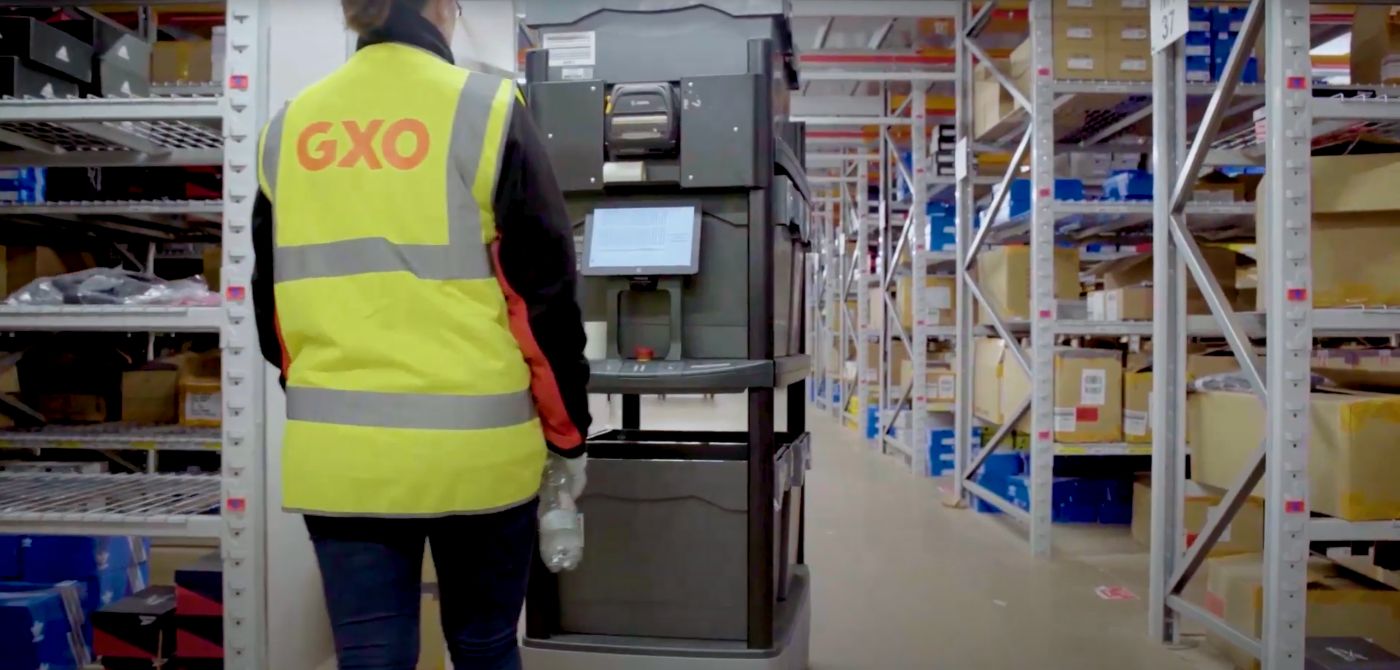6 River Systems: Complete Buyer's Guide
Collaborative warehouse automation through autonomous mobile robots
6 River Systems delivers collaborative warehouse automation through autonomous mobile robots (AMRs) designed specifically for ecommerce fulfillment operations. Founded by former Kiva Systems executives, the team behind Amazon's warehouse robotics, 6 River Systems brings proven AMR expertise to the broader market through their Chuck collaborative robots[40][43][46][50].
Market Position & Maturity
Market Standing
6 River Systems operates as an established player in the collaborative robotics market with Chuck AMRs deployed across over 100 facilities worldwide[43][54].
Company Maturity
The company's founding by former Kiva Systems executives provides credible warehouse automation expertise, leveraging the team behind Amazon's successful robotics implementation[40][43][46][50].
Growth Trajectory
Ownership structure reflects both opportunity and uncertainty. The $12.7 million acquisition by Ocado Group in 2023 followed Shopify's earlier $450 million investment in 2019[43][50].
Industry Recognition
Industry recognition includes successful deployments across diverse sectors including ecommerce, retail, 3PL, and B2B fulfillment operations[46][49].
Strategic Partnerships
Customer implementations span notable organizations like NFI, NRI, and East West Manufacturing, demonstrating market acceptance across different operational scales and requirements[44][57][58].
Longevity Assessment
While Ocado reports the business as 'debt-free, cash flow positive, and generates positive EBITDA'[43], this ownership transition creates questions about long-term strategic direction and product roadmap continuity that prospective customers should evaluate.
Proof of Capabilities
Customer Evidence
NFI's comprehensive implementation provides substantive evidence of operational transformation. The solution handled 67% of order lines, improved accuracy by 25%, reduced training time by 90%, and achieved full ROI within 18 months[57].
Quantified Outcomes
Quantified performance outcomes include 73% more lines picked per hour and 51% more units picked per hour achieved by NFI using Chuck AMRs[57].
Case Study Analysis
NRI's experience with OluKai fulfillment demonstrates scalability benefits: 60% labor cost reduction and 12% variable cost per unit reduction while handling 44% year-over-year ecommerce growth[58].
Market Validation
Market adoption evidence shows Chuck AMRs deployed across over 100 facilities worldwide[43][54], demonstrating sustained customer adoption and operational success.
Competitive Wins
Competitive wins include successful deployments where organizations chose 6 River Systems over traditional automation providers, citing rapid deployment timelines and operational flexibility as key decision factors[46][53].
Reference Customers
Enterprise customer validation includes East West Manufacturing's partnership with weekly engineering meetings during implementation, ensuring successful product launch with dedicated vendor support[44].
AI Technology
6 River Systems' AI implementation focuses on real-time orchestration and task optimization rather than experimental applications. The Chuck AMR system uses AI-powered workflows to direct associates through picking tasks, with machine learning algorithms optimizing robot fleet coordination and task prioritization[48][52][59].
Architecture
Cloud-based architecture enables continuous software updates without on-site maintenance, providing access to AI improvements and feature enhancements automatically[40][48].
Primary Competitors
6 River Systems competes primarily with Locus Robotics, Fetch Robotics (now part of Zebra Technologies), and traditional automation providers like Dematic and KNAPP[46][48][53].
Competitive Advantages
Key competitive advantages include rapid deployment (weeks versus months), configurability across multiple robot types, and RaaS model accessibility[46][48][53].
Market Positioning
Market positioning shows 6 River Systems targeting organizations seeking automation benefits without traditional automation complexity and cost.
Win/Loss Scenarios
Win/loss scenarios favor 6 River Systems when organizations prioritize rapid deployment, operational flexibility, and collaborative robotics approach.
Key Features

Pros & Cons
Use Cases
Integrations
Featured In Articles
Comprehensive analysis of Warehouse Automation for Ecommerce for Ecommerce businesses and online retailers. Expert evaluation of features, pricing, and implementation.
How We Researched This Guide
About This Guide: This comprehensive analysis is based on extensive competitive intelligence and real-world implementation data from leading AI vendors. StayModern updates this guide quarterly to reflect market developments and vendor performance changes.
59+ verified sources per analysis including official documentation, customer reviews, analyst reports, and industry publications.
- • Vendor documentation & whitepapers
- • Customer testimonials & case studies
- • Third-party analyst assessments
- • Industry benchmarking reports
Standardized assessment framework across 8 key dimensions for objective comparison.
- • Technology capabilities & architecture
- • Market position & customer evidence
- • Implementation experience & support
- • Pricing value & competitive position
Research is refreshed every 90 days to capture market changes and new vendor capabilities.
- • New product releases & features
- • Market positioning changes
- • Customer feedback integration
- • Competitive landscape shifts
Every claim is source-linked with direct citations to original materials for verification.
- • Clickable citation links
- • Original source attribution
- • Date stamps for currency
- • Quality score validation
Analysis follows systematic research protocols with consistent evaluation frameworks.
- • Standardized assessment criteria
- • Multi-source verification process
- • Consistent evaluation methodology
- • Quality assurance protocols
Buyer-focused analysis with transparent methodology and factual accuracy commitment.
- • Objective comparative analysis
- • Transparent research methodology
- • Factual accuracy commitment
- • Continuous quality improvement
Quality Commitment: If you find any inaccuracies in our analysis on this page, please contact us at research@staymodern.ai. We're committed to maintaining the highest standards of research integrity and will investigate and correct any issues promptly.